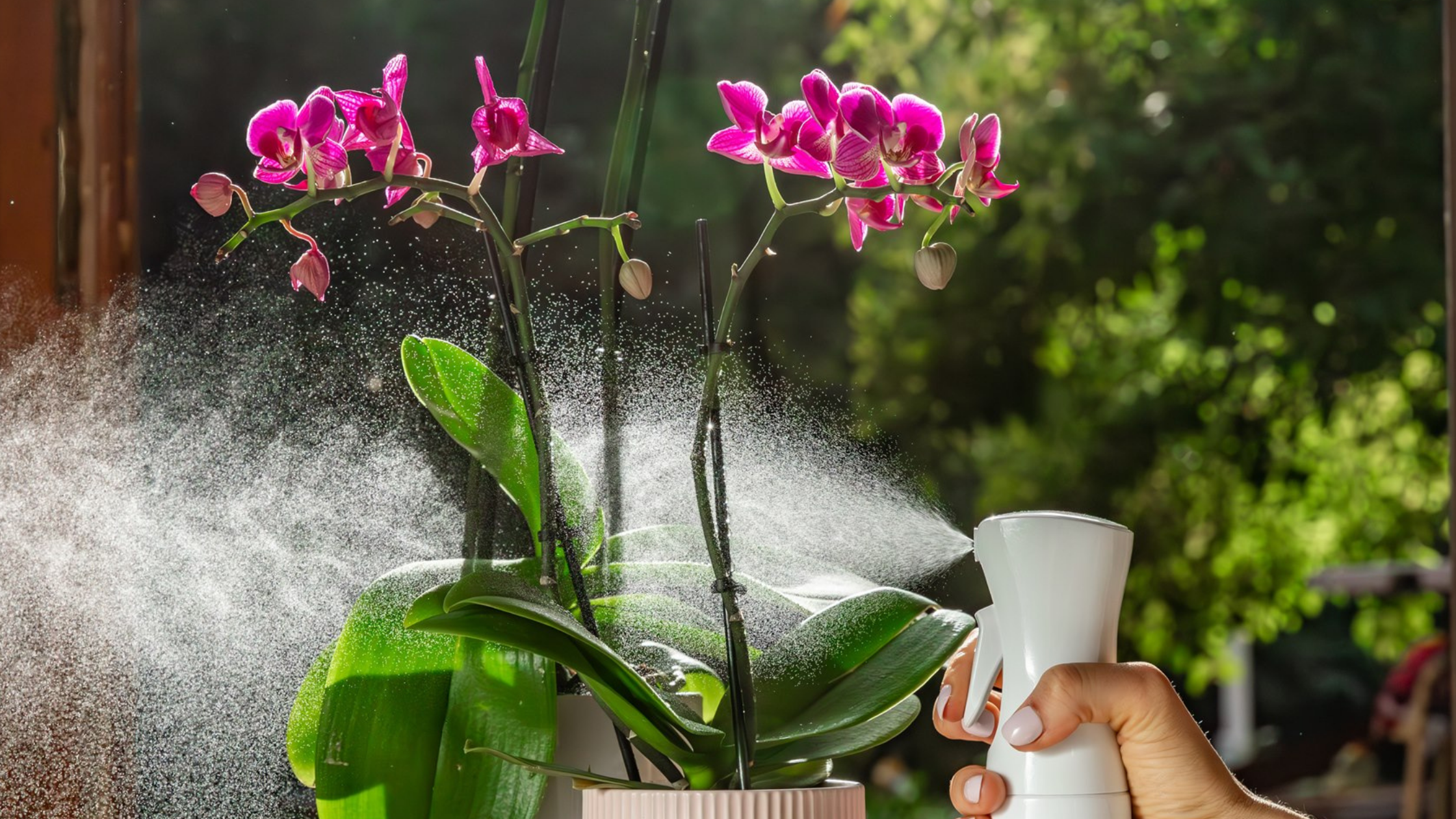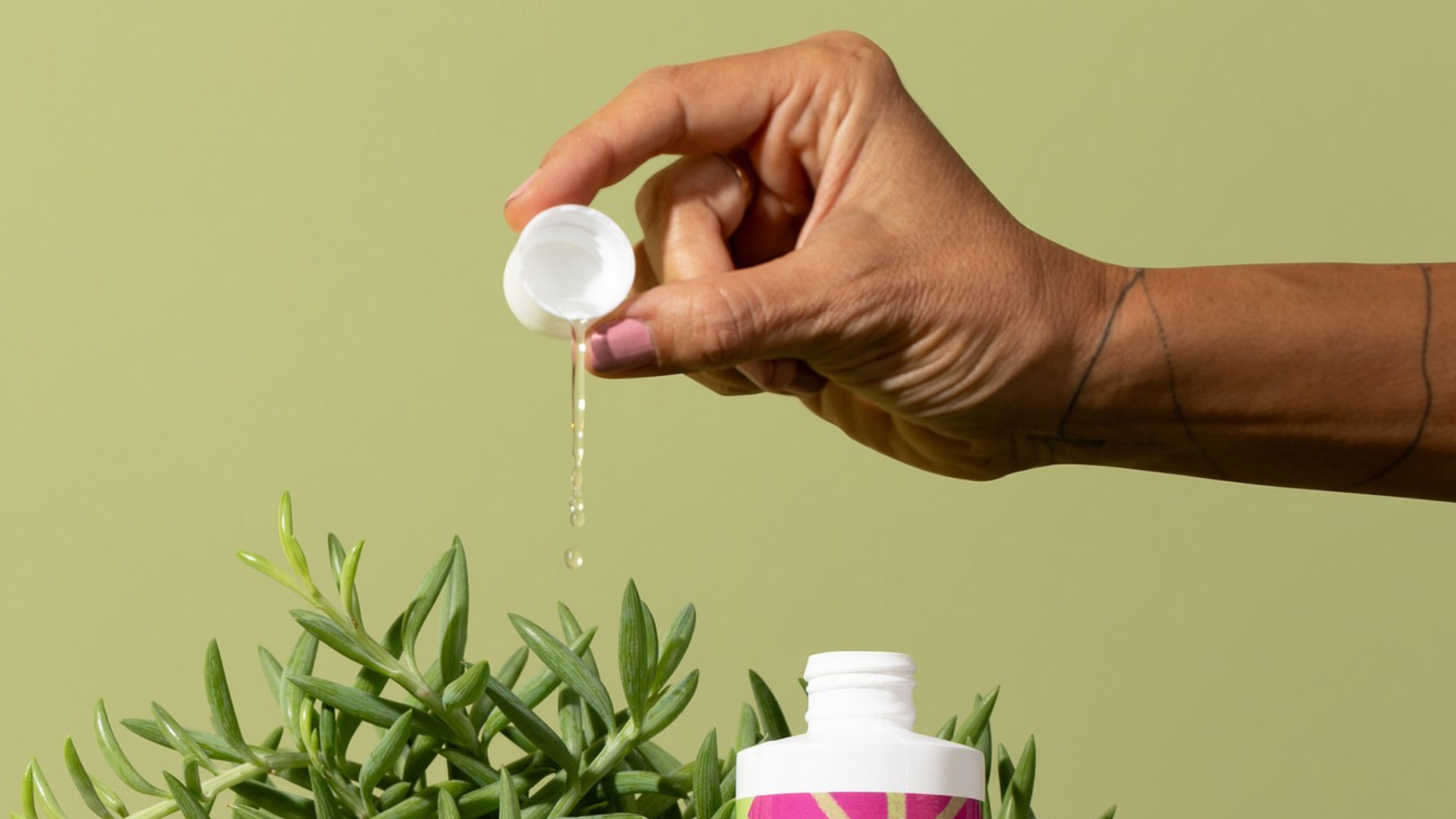
How to Repot a Plant: Top Tips for Replanting Success
If your favorite houseplant is starting to look a little cramped or water rushes straight through the pot, it’s probably time for a refresh. Repotting houseplants isn’t just about moving them into a bigger container – it’s about giving roots the space, nutrients, and airflow they need to grow strong and healthy. To keep your plant thriving after its move, check out our guide to Houseplant Fertilizer 101 for everyday nourishment tips.
With the right tools, soil, and a few expert tricks, repotting becomes easy and satisfying. Here’s everything you need to know about how to repot a plant successfully.
When to Repot Houseplants
Most plants benefit from repotting every 1–2 years, though fast growers may need it more often. Signs your plant is ready include:
-
Roots poking out of drainage holes
-
Water running straight through the pot
-
Soil pulling away from the edges or looking compacted
-
Growth slowing despite consistent light and watering
If your plant still looks healthy but the soil is old or depleted, try using Lively Soil Conditioner instead. Lively restores beneficial microbes and structure to tired soil, extending the time between repottings so your plants can thrive in the same pot a little longer.

How to Repot a Plant (Step-by-Step)
1. Prepare Your Workspace
Repotting can get messy, so start with a repotting mat to keep your table or floors clean. Once you’re done, simply shake off the soil, fold it up, and store it for next time.
Have a cactus brush nearby too – it’s perfect for cleaning up your workspace afterward and can also be used to brush excess soil off roots or leaves if needed.
2. Choose the Right Pot
Pick a pot that’s only 1–2 inches larger in diameter than the current one. Oversized pots hold extra moisture that can overwhelm roots and lead to rot.
Make sure your new pot has drainage holes. If it doesn’t, add a layer of pebbles or lava rock at the bottom to improve airflow.
3. Select the Best Soil Mix
Healthy roots need air circulation and drainage. Skip dense, heavy potting soil and use a mix that matches your plant type:
-
Ropey Root – a chunky, airy mix for tropical plants that crave airflow
-
Delicate Root – perfect for everyday houseplants like pothos, philodendrons, and snake plants
-
Coco Chips – add to your favorite mix for extra moisture balance and aeration
If you’ve been using the same soil for a while, refreshing it during repotting helps your plant absorb nutrients better and recover faster. Learn more about choosing fertilizers and soil blends in our post Houseplant Fertilizer 101.
4. Remove the Plant Gently
Turn the pot sideways and support the base of the plant as you slide it out. If it’s stubborn, tap the sides or squeeze the pot to loosen the root ball.
Gently remove old soil from around the roots, taking care not to break them.
5. Loosen the Roots
Look for circling or tangled roots and gently tease them apart. If some roots are brown or mushy, trim them off. This helps your plant adapt to its new pot and encourages fresh, healthy root growth.
6. Replant and Fill
Add a layer of fresh soil to the bottom of your new pot, position the plant, and fill around the sides with your chosen mix. Lightly press to remove air pockets, but don’t pack it too tightly – roots need breathing room.
7. Water and Support Recovery
After repotting, your plant is adjusting to its new home. This is the perfect time to give it a boost:
-
Add Root Drops to your first watering to prevent transplant shock and encourage healthy new root growth
-
Use Leafy Plant Food every time you water to strengthen roots and support lush new growth. Its gentle, balanced nutrients help your plant handle future transplants with ease
What Is Transplant Shock (and How to Prevent It)
Even when you’re gentle, repotting can be a big adjustment for your plant. Transplant shock happens when roots are disturbed or the plant struggles to adapt to its new soil or pot.
Signs of transplant shock
-
Wilting or drooping leaves
-
Yellowing foliage a few days after repotting
-
Slowed growth or temporary leaf drop
Plants most prone to transplant shock
-
Fiddle leaf figs (Ficus lyrata)
-
Peace lilies
-
Calatheas and prayer plants
-
Rubber plants (Ficus elastica)
-
Dracaenas
How to prevent it
-
Water with Root Drops right after repotting to nourish roots and help your plant adjust faster
-
Keep the plant in indirect light for a few days
-
Avoid overwatering while roots reestablish
-
Use Leafy Plant Food during your regular watering routine to build long-term root resilience
To learn how to deal with weak or leggy plants, read How to Fix Leggy Plants.
With a little extra care, most plants bounce back quickly – often coming back stronger and fuller than before.
How to Avoid Repotting Stress
Repotting is a growth opportunity for your plant, but even healthy roots can feel stressed when their environment suddenly changes. Keep the transition smooth by following these tips:
-
Handle roots gently and avoid disturbing them more than necessary
-
Don’t fertilize right away unless using gentle, root-safe nutrition like Leafy
-
Keep the plant in bright, indirect light for a few days after repotting
-
Mist lightly if leaves look droopy, but avoid overwatering
And if you want to go longer before your next repot, condition your soil every few months with Lively to keep its texture fresh and microbe-rich.
Final Touches: Clean and Admire
After you finish, sweep away stray soil and give your plant a moment of appreciation. Repotting is one of the best ways to reconnect with your plants – and to notice just how much they’ve grown since their last home.
A clean repotting mat, a soft cactus brush, and a few high-quality mixes make the whole experience feel more like a ritual than a chore.
For more detailed houseplant care tips, the University of Florida IFAS Extension: Indoor Plant Care Guide is an excellent resource.
Final Thoughts
Repotting plants is one of the most rewarding parts of plant care. When done right, it sets the stage for months (or years) of healthy growth.
With the right mix of air, moisture, and nutrients – plus a little help from Root Drops, Lively, and Leafy – your plants will settle in beautifully and start growing stronger than ever.

So spread out your mat, take a deep breath, and give your houseplants the fresh start they deserve.




Leave a comment
This site is protected by hCaptcha and the hCaptcha Privacy Policy and Terms of Service apply.